Getting up close and personal with wildlife can be an unforgettable experience, but sometimes curiosity can lead tourists into dangerous situations. The allure of capturing that perfect selfie or marveling at majestic creatures in their natural habitat can cloud judgment, leading to close encounters that end poorly. These stories illustrate just how risky it can be to blur the delicate boundary between humans and wildlife. Here are ten times tourists got way too close to dangerous wildlife and paid the price.
1. A Selfie with Bison in Yellowstone Gone Wrong
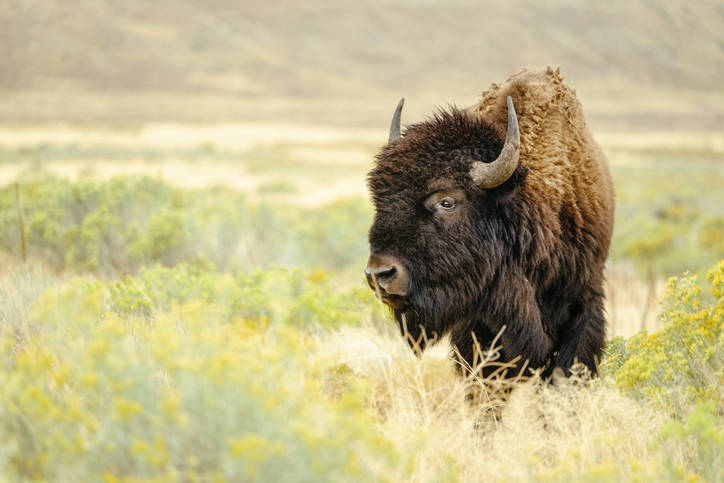
Yellowstone National Park is home to a large population of bison, a majestic but unpredictable species. One tourist learned this lesson the hard way when they attempted a selfie from just a few feet away. According to National Park Service reports, the bison charged, knocking the tourist to the ground and causing serious injuries. The incident was a stark reminder that these seemingly docile creatures are still wild animals. Bison can weigh up to 2,000 pounds and run at speeds up to 35 miles per hour, making them formidable when threatened. Despite numerous warnings and signage, tourists often underestimate these massive animals.
After the incident, the park officials stressed the importance of maintaining a safe distance from all wildlife. They recommend staying at least 25 yards away from bison and other large animals, a distance many fail to respect in pursuit of the perfect picture. This episode illustrates the need for greater awareness and responsibility while visiting wildlife habitats. Future visitors to Yellowstone should heed these warnings to ensure their safety and preserve the natural peace of the park. The landscape is there for everyone to enjoy, but respecting nature’s boundaries is crucial.
2. A Close Encounter with a Bear in Alaska
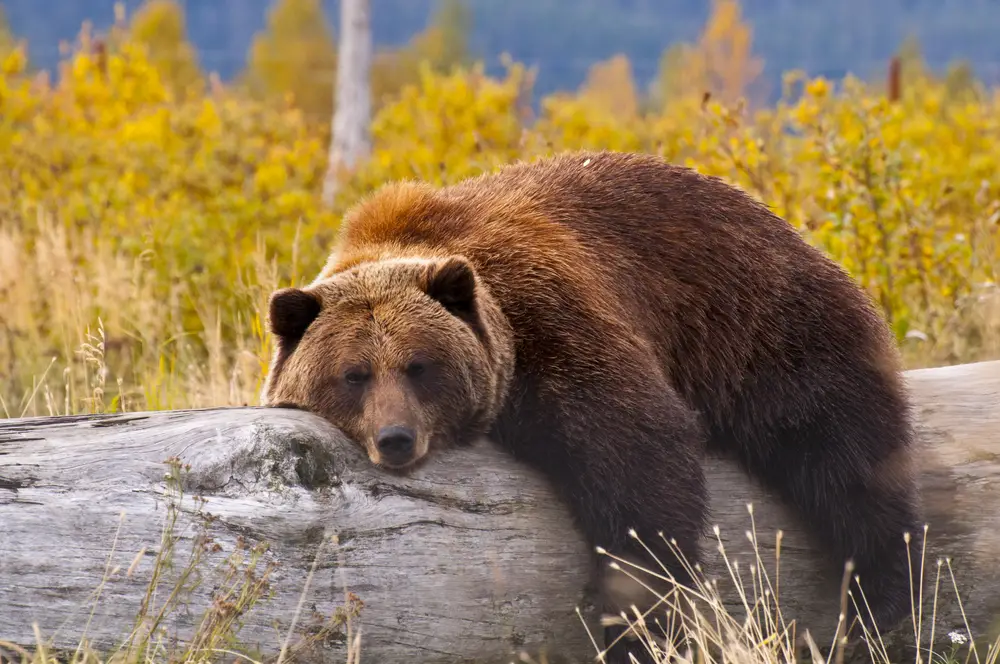
Alaska is known for its stunning wilderness and abundant wildlife, including its large bear population. One tourist’s attempt to feed a bear in Denali National Park ended in a terrifying chase. The bear was initially curious but quickly became aggressive when approached too closely. According to the National Park Service, feeding bears or even approaching them for photographs is strictly prohibited due to the dangers involved. This particular encounter ended without injuries, but it served as a wake-up call for many who witnessed the event.
Feeding bears can lead to them associating humans with food, a habit that often results in dangerous encounters. Bears that become too comfortable around people can be euthanized to protect human safety, a tragic outcome for the animal. Park authorities continuously emphasize the importance of using zoom lenses and respecting wildlife from a distance. This incident underscores the need for tourists to be educated about wildlife habits and behaviors before venturing into bear territory. A moment of carelessness can have dire consequences for both humans and animals.
3. An Elephant Charge in South Africa
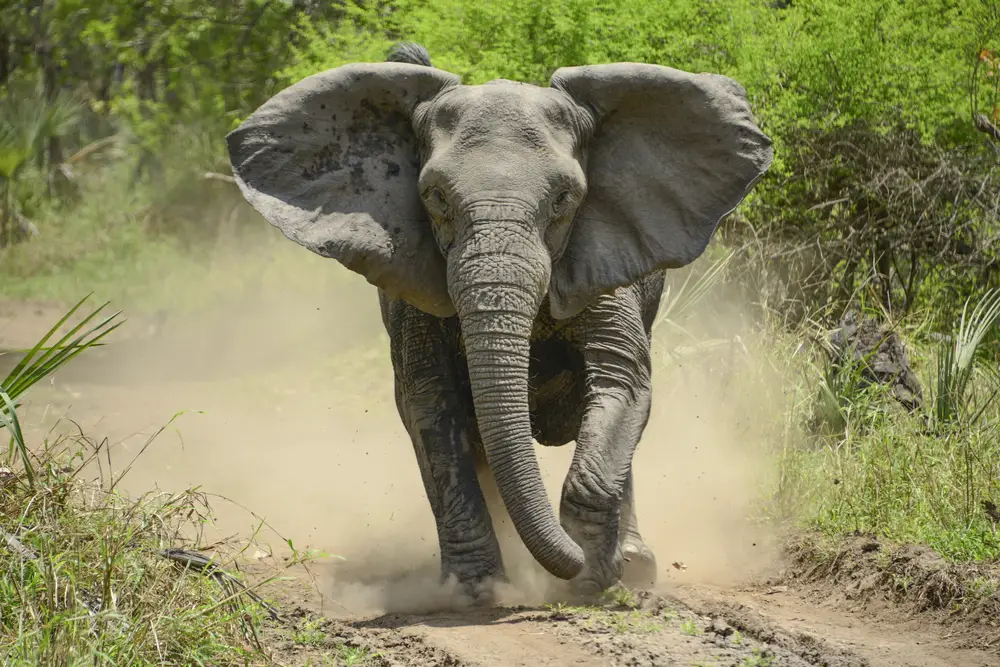
In South Africa’s Kruger National Park, an elephant encounter almost turned deadly for a group of tourists. The visitors got too close to a herd, hoping to capture stunning photographs of these enormous creatures. However, elephants are known to be highly protective, especially when calves are present. As the tourists encroached further, a mother elephant charged, prompting a frantic retreat. Wildlife experts emphasize that giving elephants plenty of space is crucial to avoiding such aggressive behavior.
Elephants are intelligent and social animals, and their unpredictable behavior can be dangerous. The tourists’ vehicle was damaged, but fortunately, there were no injuries. This incident serves as a reminder that vehicles don’t guarantee safety when animals feel threatened. Understanding the signs of elephant unrest, such as flapping ears and mock charges, is essential for safety. Tourists are encouraged to keep a respectful distance and use binoculars or cameras with long lenses to enjoy these magnificent creatures safely.
4. Too Close for Comfort with Komodo Dragons in Indonesia
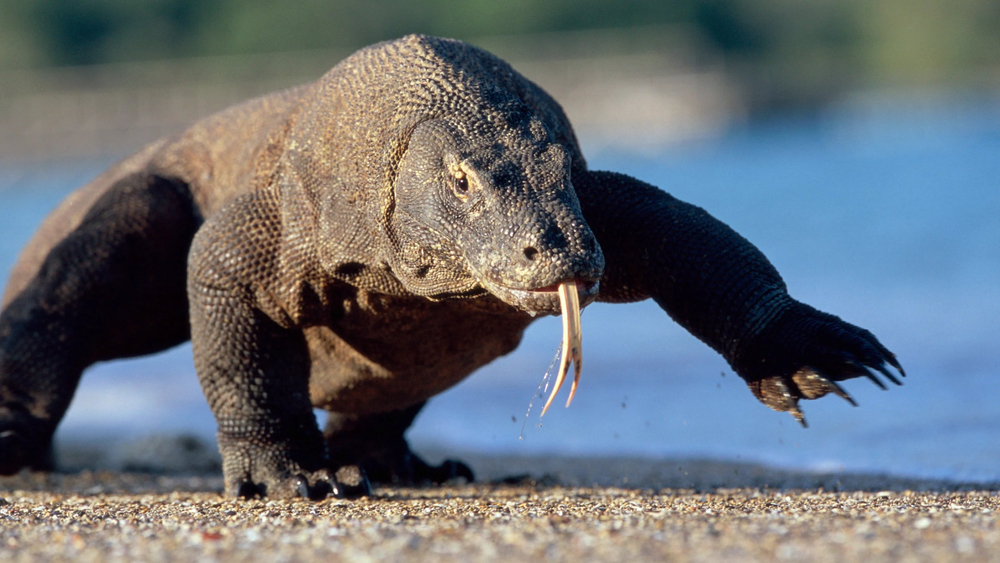
Komodo National Park in Indonesia is famous for its Komodo dragons, the world’s largest lizards. Intrigued by these formidable creatures, a tourist ventured off the designated path to get a closer look, despite the warning signs. The Komodo dragon, feeling threatened, charged the tourist, resulting in severe injuries from its powerful bite. These reptiles can grow over 10 feet long and have venomous saliva that can cause significant harm. Fortunately, quick action by park rangers ensured the tourist received prompt medical attention.
This encounter highlights the critical importance of adhering to park guidelines and safety rules. Komodo dragons are apex predators in their environment, and any perceived threat can trigger an aggressive response. Tourists often underestimate their speed and agility, which can lead to dangerous situations. It’s essential to respect the natural instincts of wildlife and maintain a safe distance. Educating oneself about the behavior and habitat of these creatures can enhance the experience while ensuring safety for both visitors and the animals.
5. Playing with Dolphins Turns Dangerous in the Bahamas
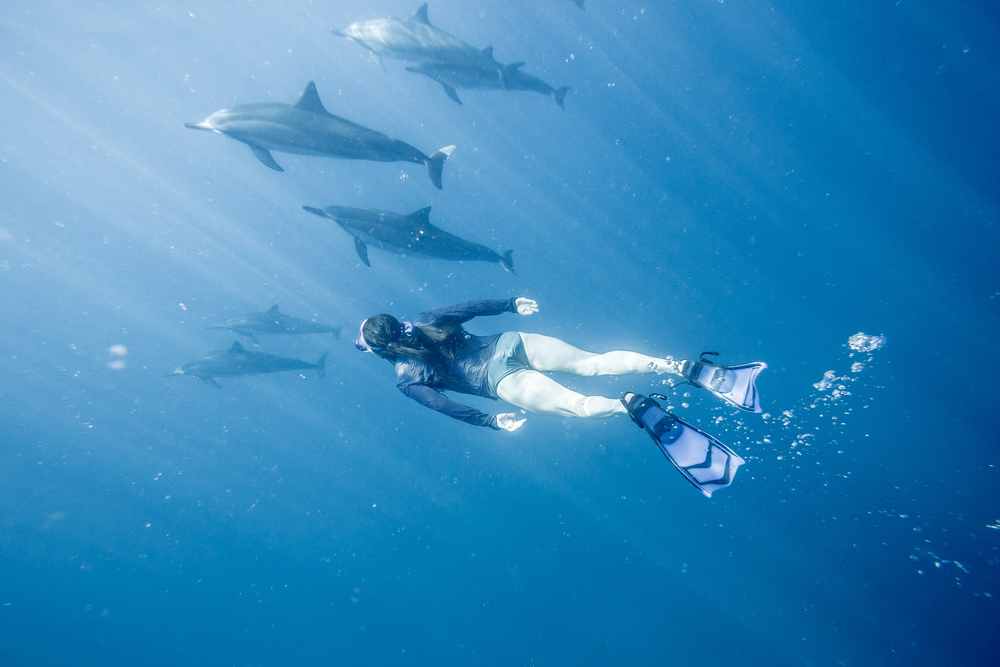
Swimming with dolphins is a dream for many, but one tourist in the Bahamas found themselves in a stressful situation. While interacting with a group of dolphins, the tourist unknowingly displayed behavior that the animals perceived as threatening. Dolphins, while generally friendly, are powerful creatures capable of defending themselves aggressively. The swimming encounter quickly turned into a chase, with the dolphins corralling the tourist away from the others. Fortunately, the situation was resolved without injury, but it was a stark reminder of the complex social dynamics within dolphin pods.
Dolphins are intelligent and social, but their behavior can be unpredictable in the wild. Tourists often forget that wild dolphins are not the same as those trained in marine parks. Understanding and respecting their space and signals is essential for a safe interaction. Wildlife guides often emphasize passive observation rather than active engagement with dolphins in their natural habitat. By maintaining a respectful distance and learning about their behavior, tourists can enjoy a memorable and safe experience in the ocean.
6. Close Call with Kangaroos in Australia
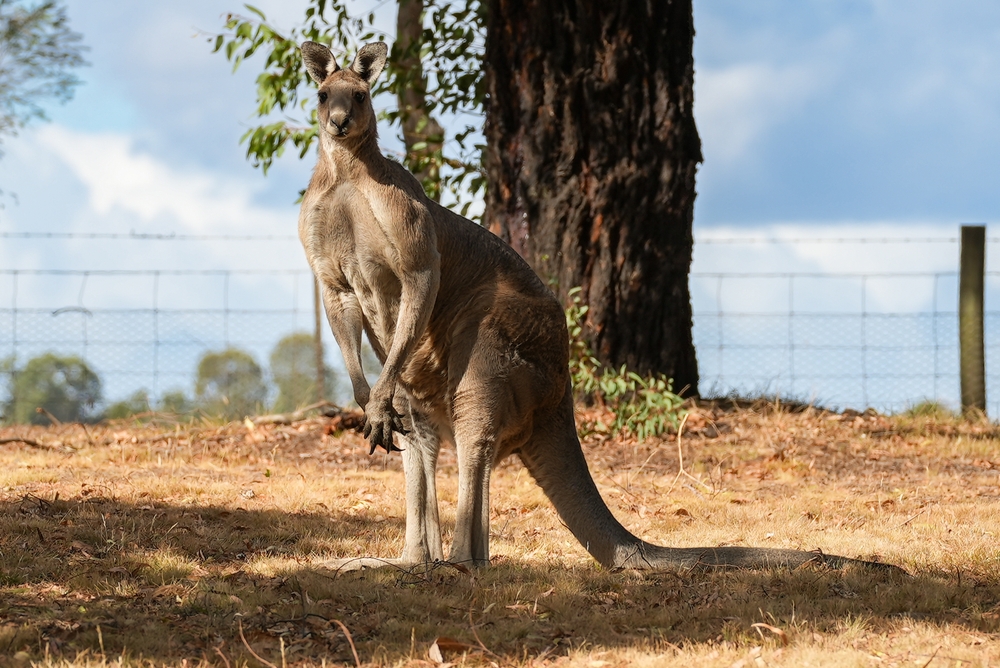
Australia is renowned for its unique wildlife, including the iconic kangaroo. However, one tourist’s attempt to hand-feed a kangaroo in a wildlife park led to an alarming encounter. The kangaroo, feeling cornered, lashed out with its powerful hind legs, leaving the tourist bruised and shaken. Kangaroos, while typically docile, can become aggressive if they feel threatened or stressed. Wildlife parks often warn visitors to maintain a safe distance and avoid direct interaction to prevent such incidents.
Kangaroos have strong limbs and sharp claws, making them capable of inflicting serious injury if provoked. Understanding their body language and respecting their space is crucial for tourists. Despite their cuddly appearance, they are still wild animals with natural instincts. Park authorities frequently remind visitors of the potential risks involved in close encounters. Educating oneself about kangaroo behavior can ensure a safer and more enjoyable experience for everyone involved.
7. A Cautionary Tale with Crocodiles in Florida
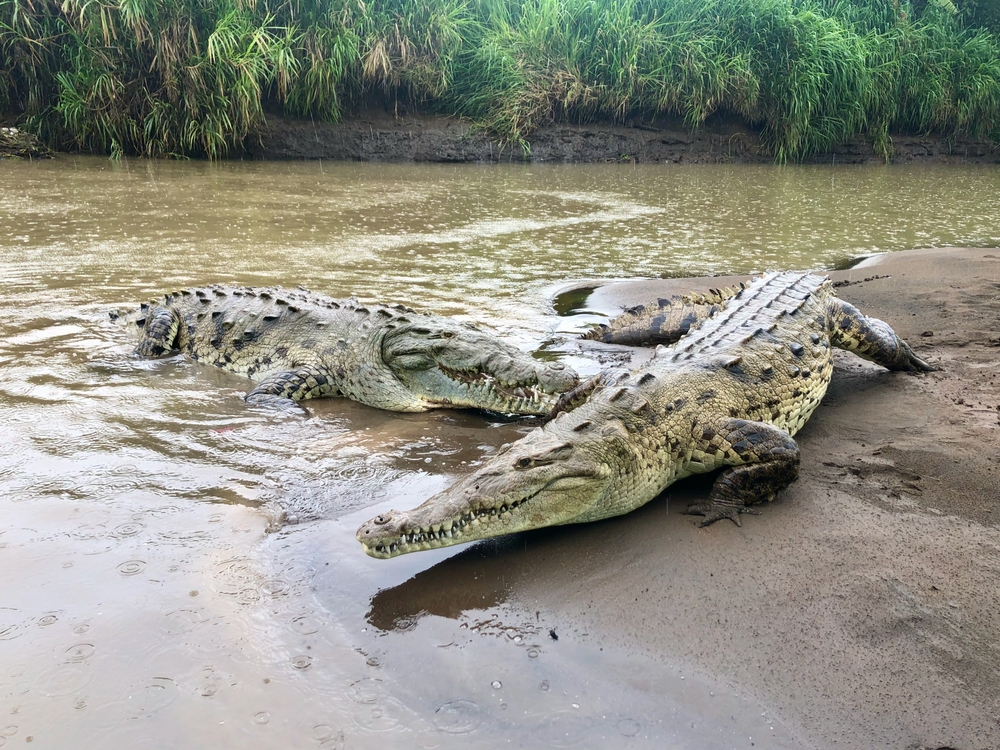
Florida’s Everglades are home to a rich diversity of wildlife, including the formidable crocodile. One tourist’s risky decision to approach the water’s edge for a better photograph resulted in a terrifying near-miss. The crocodile lunged from the water, narrowly missing the tourist, who escaped unharmed but shaken. Crocodiles are stealthy predators, capable of explosive bursts of speed, especially when defending their territory. Wildlife officials often caution visitors to keep a safe distance and be cautious around bodies of water.
Crocodile encounters can be extremely dangerous, and understanding their behavior is essential. These reptiles are drawn to the shorelines where they can bask in the sun, making it a critical area to avoid. Educating tourists about the risks and promoting respectful observation are key measures taken by wildlife authorities. With proper awareness and respect for crocodile habitats, tourists can enjoy the Everglades’ beauty without compromising safety. By heeding warnings, visitors can have a more rewarding and safe experience in this unique ecosystem.
8. A Hair-Raising Incident with Wolves in Canada
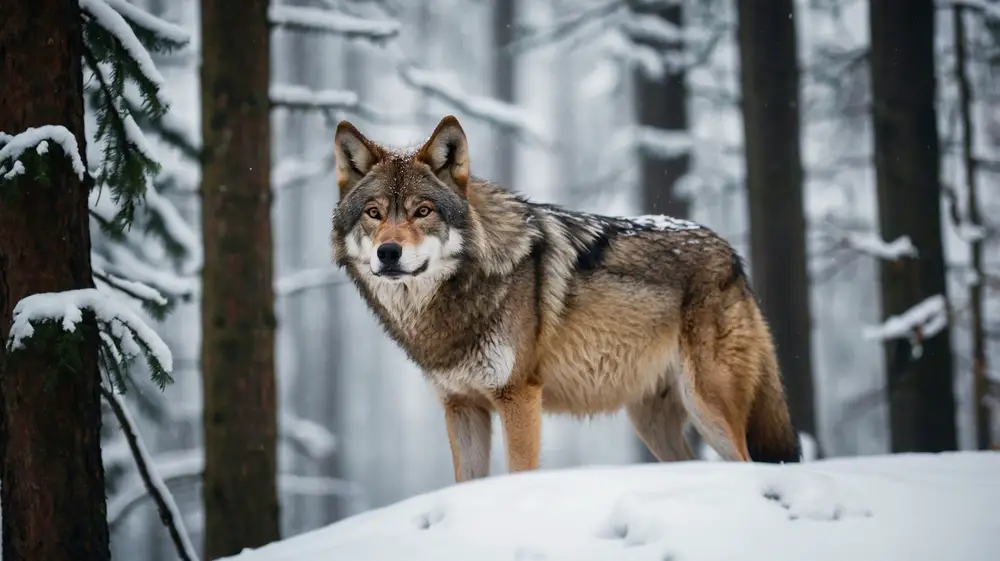
The allure of wolves in the wild draws many tourists to Canada’s national parks. However, one tourist learned the hard way that these animals are not to be approached lightly. While attempting to photograph a pack, the tourist strayed too close, causing the wolves to become defensive. Wolves are pack animals, and their protective instincts can lead to aggressive behavior when they feel threatened. Fortunately, nearby park rangers intervened promptly, ensuring both the tourist’s and the wolves’ safety.
Wolves, while captivating, remain wild and unpredictable. Tourists often romanticize the idea of these animals without fully understanding their behavior. Maintaining a safe distance and respecting their territory are vital for ensuring a safe interaction. Park officials stress the importance of observing wolves from a distance and using binoculars for a closer look. Educating oneself about wolf behavior and pack dynamics can enhance the experience without risking safety. Respect for wildlife boundaries is essential in preserving the natural beauty of these majestic animals.
9. A Swim with Sharks in the Maldives Turns Scary
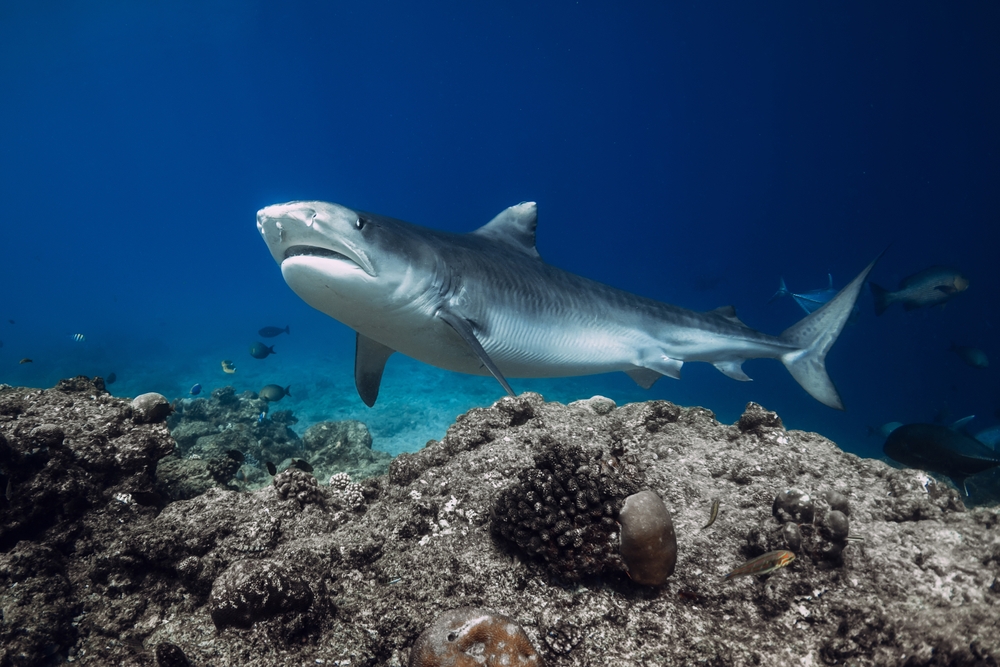
The pristine waters of the Maldives offer the chance to swim with a variety of marine life, including sharks. However, one tourist’s reckless behavior during a dive resulted in a close call with a reef shark. Approaching too close and making sudden movements startled the shark, which responded with a warning display. Sharks are often misunderstood, and while they are not inherently aggressive toward humans, they will defend themselves if threatened. The tourist emerged unscathed, but the experience served as a reminder of the respect required when entering the ocean.
Understanding shark behavior and respecting their space is crucial for safe diving experiences. Tour guides and dive instructors often provide detailed briefings on how to interact safely with marine life. Avoiding sudden movements and keeping a safe distance are key to avoiding misunderstandings with sharks. The incident highlights the need for greater awareness and education about marine wildlife. By respecting the natural behaviors and habitats of ocean creatures, tourists can enjoy a safe and awe-inspiring underwater adventure.
10. A Risky Encounter with Gorillas in Rwanda
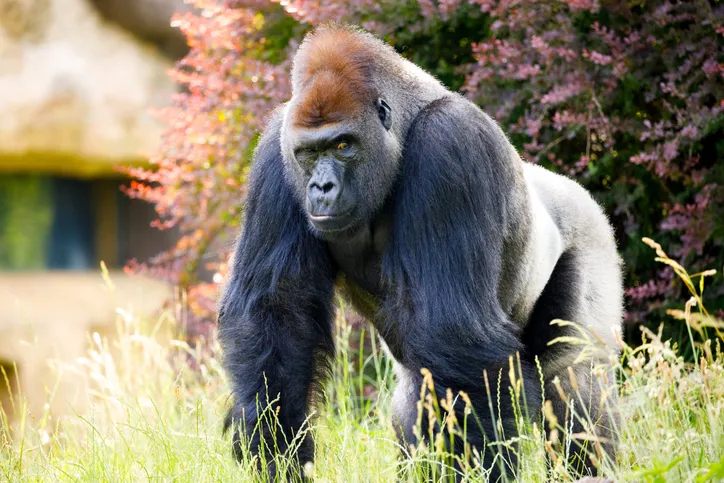
The dense jungles of Rwanda offer a rare opportunity to observe mountain gorillas in their natural habitat. However, one tourist’s overzealous attempt to get closer to a gorilla family resulted in a tense standoff. Gorillas are powerful and intelligent animals, capable of displaying aggressive behavior if they feel threatened. The tourist’s approach was quickly halted by experienced guides, who managed to de-escalate the situation without incident. This encounter underscores the importance of following guidelines and respecting the gorillas’ space.
Gorilla trekking is a popular activity, but it requires strict adherence to safety protocols. Guides provide essential instructions on maintaining a safe distance and understanding gorilla behavior to prevent conflict. The experience of witnessing these majestic creatures can be profoundly moving when approached with care and respect. Tourists are encouraged to appreciate the privilege of observing gorillas in the wild while contributing to their conservation. By respecting boundaries, visitors can help ensure both their safety and the preservation of these incredible animals.
